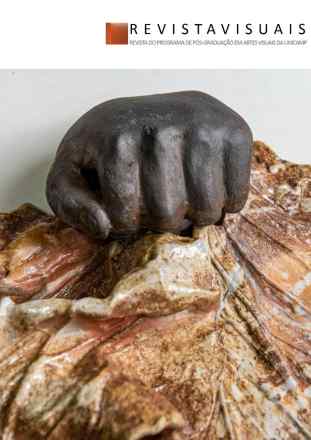Um percurso meditativo por algumas florestas na arte
Revista Visuais
Um percurso meditativo por algumas florestas na arte
Autor Correspondente: Samuel Rama | [email protected]
Palavras-chave: Artes Visuais; Paisagem; História da Arte
Resumos Cadastrados
Resumo Português:
A grande floresta europeia densa e obscura desapareceu proporcionalmente ao crescimento das cidades sobretudo a partir da modernidade. Na mesma medida do desaparecimento das florestas reais dá-se o seu incremento no território da cultura em geral e nas artes plásticas em particular. A floresta assume-se assim como arquétipo ou índice do natural e é nos seus melhores exemplos da arte sempre revisitada por uma persistente expressão atravessada pelo sonho e pela nostalgia. Nas representações de florestas feitas por artistas que quiseram recuperar, do pondo de vista estético, estas paisagens a partir de dentro, podemos encontrar talvez uma das raízes mais longínquas do questionamento ou da relativização da ideia de paisagem enquanto vista ou janela, a favor de uma ideia de paisagem enquanto errância ou envolvimento. Esse questionamento parece trazer também consigo a expressão ou tradução do fundamento ético primeiro que faz reconhecer a natureza como algo absolutamente superior ao homem. Tal acontece porque a maioria das representações de florestas feitas a partir do seu interior revelam um certo carácter estético negativo que induz no espectador mobilidade, desconforto, estranhamento obrigando-o a indagar e articular juntamente estética e ética.
Resumo Inglês:
The great dense and obscure European forest disappeared in proportion to the growth of cities, especially from modernity. In the same measure of the disappearance of the real forests it is increased in the territory of the culture in general and in the plastic arts in particular. The forest thus assumes itself as archetype or index of the natural and is in its best examples of the art always revisited by a persistent expression crossed by the dream and the nostalgia. In the representations of forests made by artists who wanted to recover, from the aesthetic point of view, these landscapes from within, we can find perhaps one of the most distant roots of the questioning or relativization of the idea of landscape as a view or window, in favor of a idea of landscape as wandering or involvement. This questioning also seems to bring with it the expression or translation of the first ethical foundation which makes recognition of nature as something absolutely superior to man. This is because most representations of forests made from within reveal a certain aesthetic negative character that induces the spectator mobility, discomfort, estrangement, forcing him to inquire and articulate together aesthetics and ethics.

